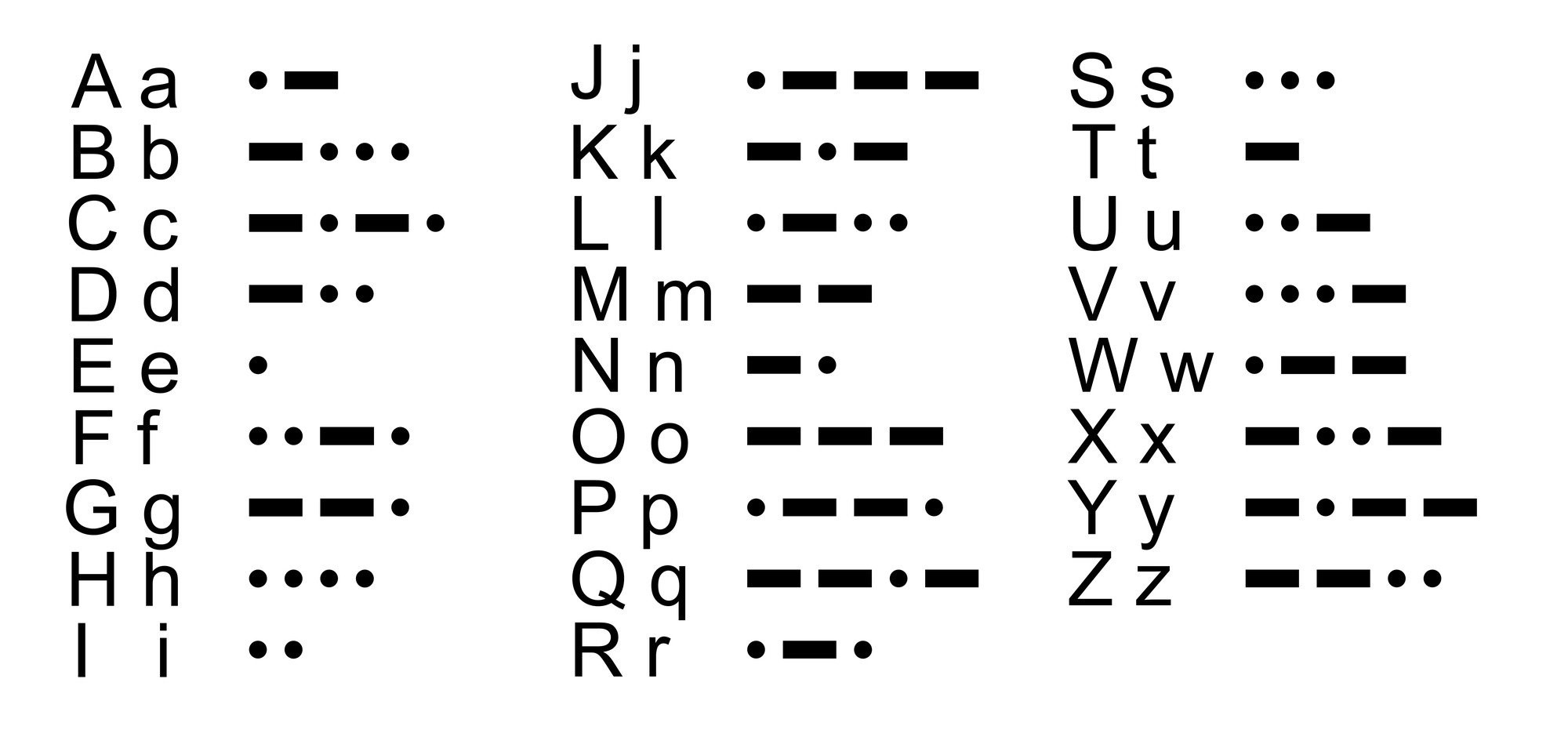

Here at Tektronix, we a company of engineers – people who enjoy the challenge of solving difficult problems. As such, we like to celebrate the accomplishments of those before us who have also solved difficult problems. One such problem solver was Samuel F. B. Morse, who would have turned 225 today. His birthday is now celebrated every year as National Morse Code Day.
Morse sought to improve early telegraphs, which had been linked with multiple wires, to just a single wire. Although Samuel Morse did not invent the telegraph, he vastly improved earlier versions of the instrument with his single-wire electric telegraph. In 1837, Morse submitted his patent for the “electro-magnetic telegraph." Batteries supplied the electrical current, and an operator could hold down a key for a short or long period of time to control the length of the electrical impulse.
Morse realized he needed more than just the device. For his electric telegraph to work, he needed a code that could send mutually intelligible messages. Thus, the Morse Code was born with short impulses representing dots and longer impulses dashes. Messages were sent by varying the dots and dashes. As shown in the translator below, common letters such as “T” and “E” are just a single dot or dash respectively, while “Y” or “Q” for instance are more complex.

The first message in Morse Code was dispatched on May 24, 1844. The message, “What Hath God Wrought?” was sent by Morse himself from the US. Private telegraph communication companies arose overnight and by 1902 telegraph wire encircled the earth. The telegraph vastly improved communications throughout the world. It changed how people perceived time and distance, and the telegraph was the precursor of the telephone, radio, television and internet.
Let’s all toast ... .- -- ..- . .-.. / -- --- .-. ... . for his significant contribution to our modern world.


